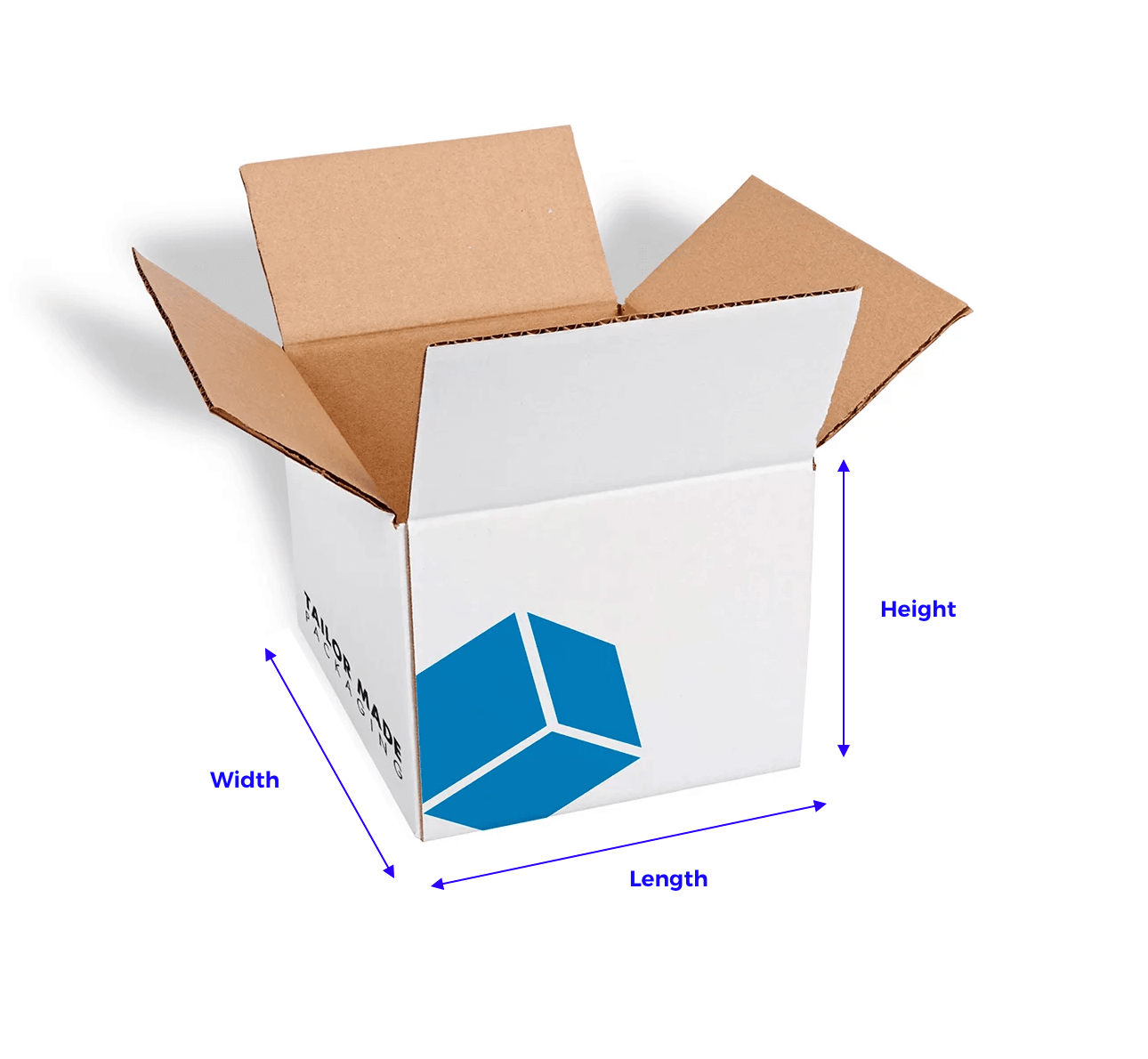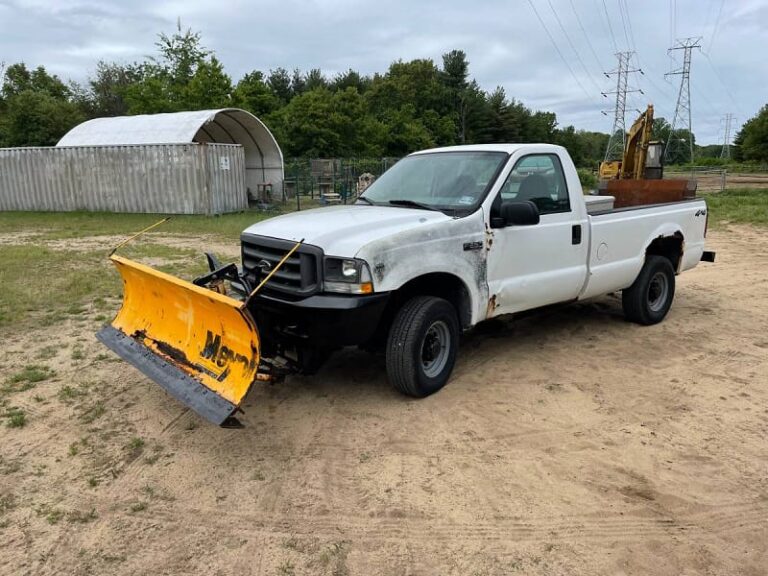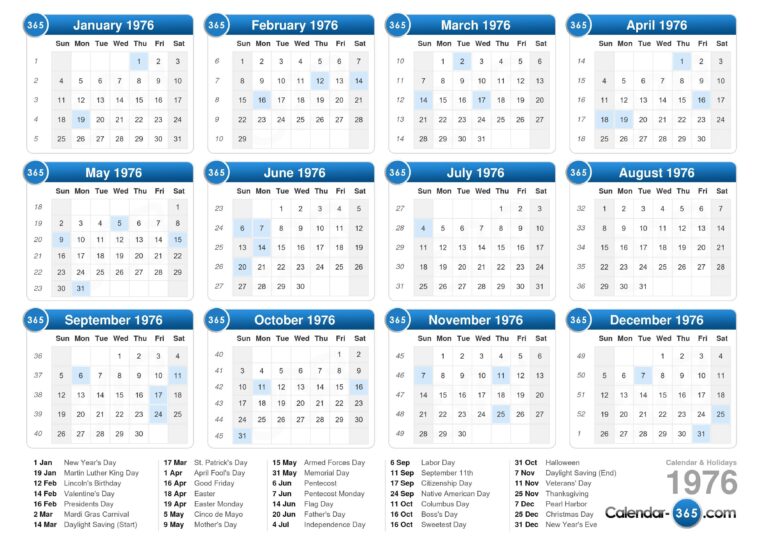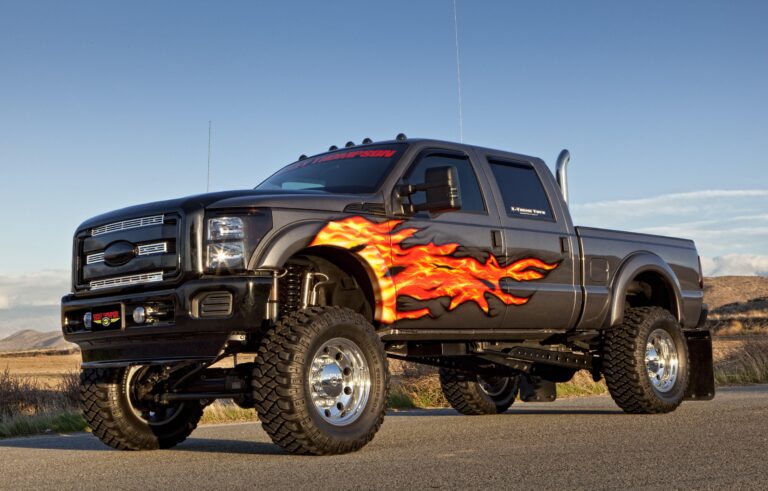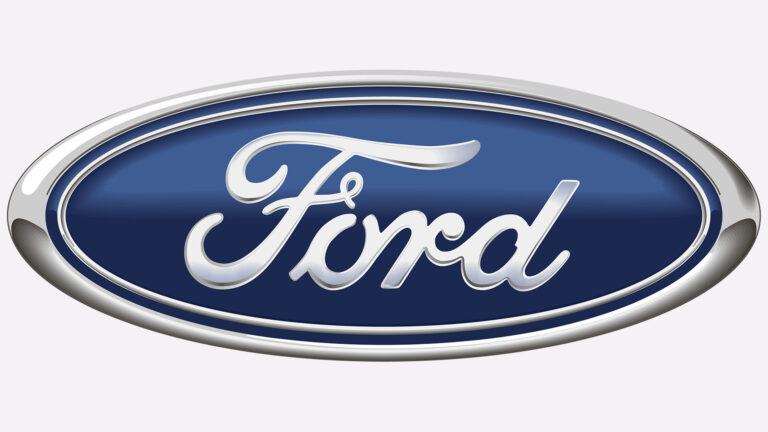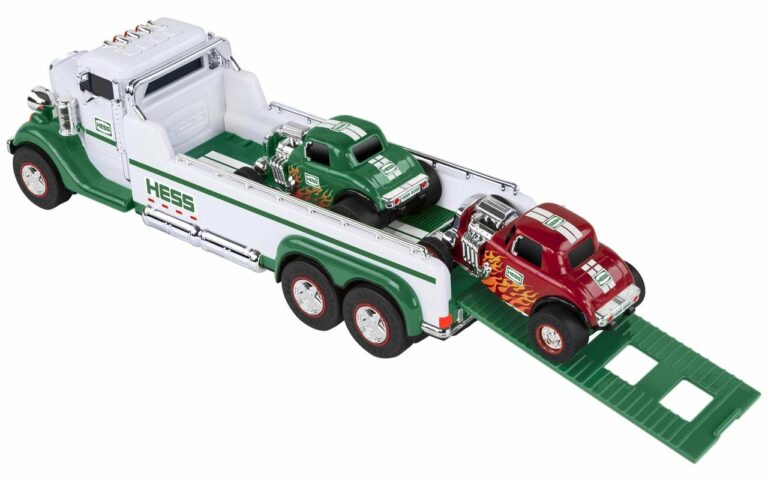Will A Box Cap From A Dodge Ram Fit On A Ford F?
Will A Box Cap From A Dodge Ram Fit On A Ford F? cars.truckstrend.com
For truck owners, the versatility and utility of their vehicles are paramount. A truck bed cap, also known as a truck topper or camper shell, is a popular accessory that transforms the open bed into a secure, weather-protected storage area or even a rudimentary sleeping space. Given the significant investment in a cap, many owners might wonder if they can transfer one from a previous truck, or perhaps snag a good deal on a used cap designed for a different make. Specifically, a common query that arises is: "Will a box cap from a Dodge Ram fit on a Ford F-Series truck?"
The short answer, in the vast majority of cases, is no, a truck bed cap designed for a Dodge Ram will not directly fit a Ford F-Series truck, and vice versa. While both are full-size pickups, the precise dimensions, bed rail profiles, and tailgate designs differ significantly enough to prevent a proper, secure, and weatherproof fit. This article will delve into the reasons behind this incompatibility, explain the critical measurements involved, discuss the potential pitfalls of attempting a forced fit, and guide you toward making an informed decision for your truck.
Will A Box Cap From A Dodge Ram Fit On A Ford F?
Understanding Truck Bed Cap Basics and Fitment
A truck bed cap is more than just a cover; it’s a precisely engineered accessory designed to integrate seamlessly with a specific truck model. Its primary functions include:
- Security: Protecting cargo from theft and unauthorized access.
- Weather Protection: Shielding contents from rain, snow, sun, and dust.
- Increased Storage Volume: Providing enclosed, organized space.
- Improved Aerodynamics (potentially): Some caps can reduce drag.
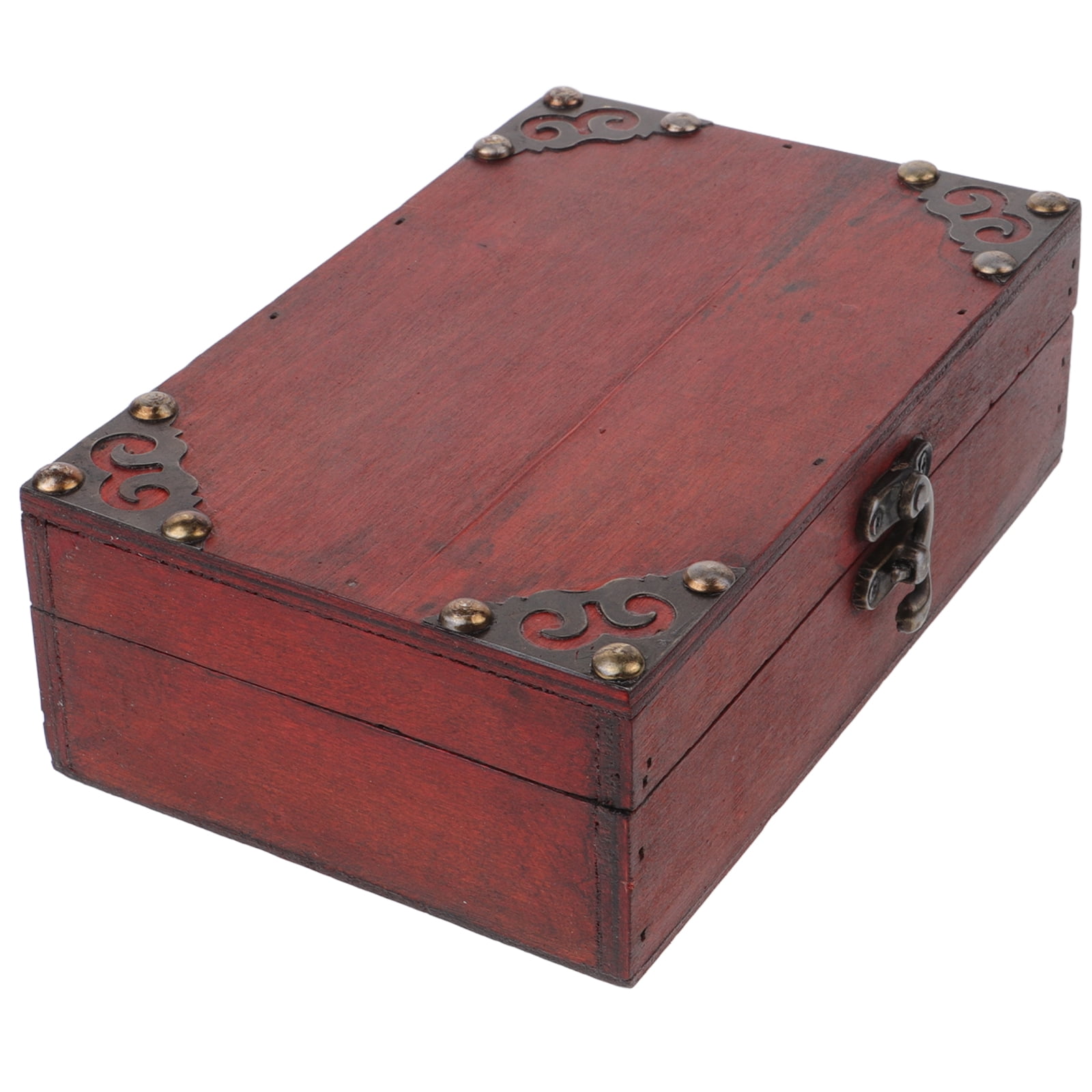
The importance of proper fitment cannot be overstated. An ill-fitting cap compromises all of these benefits and can even create safety hazards. Key aspects of fitment include:
- Length: The cap must match the bed length (e.g., 5.5 ft, 6.5 ft, 8 ft).
- Width: The cap’s width must match the bed’s width, both at the rails and at the tailgate.
- Bed Rail Profile: This is crucial. The cap’s base is molded to sit flush and seal against the unique contours, thickness, and height of the truck’s bed rails.
- Tailgate Design: The rear of the cap must align and seal perfectly with the tailgate to prevent leaks and ensure security.
- Cab-to-Cap Alignment: For aesthetic and aerodynamic reasons, the cap’s front profile should ideally align with the truck’s cab.


The Core Challenge: Brand-Specific Design Differences
The fundamental reason for incompatibility between Dodge Ram and Ford F-Series truck caps lies in the distinct design philosophies and manufacturing specifications of each brand. Even if two trucks appear to have similar bed lengths, their beds are rarely identical.
1. Bed Dimensions: Width is King
While bed lengths (e.g., 6.5-foot bed) might be standardized across manufacturers, the width of the bed, both internal and external (rail-to-rail), varies significantly.
- Ford F-Series (e.g., F-150, F-250, F-350): Ford trucks have specific bed widths that have evolved over generations. For example, an F-150 bed width will be different from a Super Duty’s, and both will differ from Ram.
- Dodge Ram (e.g., Ram 1500, Ram 2500, Ram 3500): Ram trucks also have their own unique bed widths. Even within the Ram lineup, dimensions can change slightly between model years or trim levels.
A cap that is even an inch too narrow or too wide will either not sit properly on the rails or will overhang excessively, creating gaps and sealing issues.
2. Bed Rail Profiles and Contours
This is perhaps the most critical difference. The top surface of a truck’s bed rails isn’t just flat. It often features:
- Varying Thickness: Some rails are thicker than others.
- Integrated Caps/Protectors: Many modern trucks have plastic or metal caps on the rails that change their effective width and contour.
- Curves and Slopes: The rails might curve inwards or outwards, or have specific slopes, especially towards the front (bulkhead) and rear (tailgate).
Truck caps are manufactured with a base frame that precisely matches these unique rail profiles. A cap designed for the subtle curves and dimensions of a Ram bed rail will simply not sit flush and seal correctly on the different profile of a Ford bed rail. This leads to gaps, poor clamping, and inevitable water intrusion.
3. Tailgate Design and Opening
The rear portion of a truck cap is designed to seal against the truck’s tailgate. Manufacturers employ different tailgate designs, including:
- Overall Shape: Some are flat, others have slight contours.
- Handle Placement: The cap’s rear door must clear the tailgate handle and latch mechanism.
- Top Edge Profile: The very top edge of the tailgate, where the cap rests, has a specific shape and thickness.
A Ram cap’s rear door and sealing mechanism will not align perfectly with a Ford tailgate, leading to an incomplete seal and potential security vulnerabilities.
4. Cab Height and Rake
While less about fitment and more about aesthetics and aerodynamics, the height and angle (rake) of the truck’s cab can also influence how a cap looks. Caps are often designed to flow seamlessly with the lines of the original truck’s cab. Placing a Ram cap on a Ford might result in an awkward visual transition, with the cap sitting too high, too low, or at an odd angle relative to the cab.
Key Measurements and How to Compare
If you’re considering a used cap, or just curious, knowing how to measure your truck’s bed is essential.
-
Bed Length:
- Measure from the inside of the bulkhead (the front wall of the bed, against the cab) to the inside of the tailgate (when closed). Ensure you measure along the center of the bed.
- Common lengths: 5.5 ft (short bed), 6.5 ft (standard bed), 8 ft (long bed).
-
Bed Width (Internal):
- Measure the width between the inner walls of the bed, usually at the widest point or just above the wheel wells.
-
Bed Width (External/Rail-to-Rail):
- Measure the width across the very top of the bed rails, from outside edge to outside edge. Do this at the front, middle, and rear of the bed, as dimensions can vary slightly. This is critical for cap compatibility.
-
Bed Rail Profile:
- This is harder to quantify with a tape measure. You need to visually inspect and feel the shape of the rails. Are they flat? Do they have a lip? Are there integrated plastic caps?
- For a precise comparison, you’d ideally trace the profile of both the cap’s base and your truck’s rail.
-
Tailgate Opening Dimensions:
- Measure the width and height of the opening when the tailgate is down. This helps ensure the cap’s rear door will clear and seal correctly.
Actionable Insight: Always compare these measurements of the cap you’re considering with the precise measurements of your truck bed. Don’t rely solely on "it came off a 6.5-foot bed."
Potential Issues and Consequences of Ill-Fitting Caps
Attempting to force a Ram cap onto a Ford (or vice versa) comes with a host of problems:
- Water Leaks: The most common and frustrating issue. Gaps due to mismatched rail profiles or tailgate seals will allow rain, snow, and even car wash water to enter the bed, damaging cargo.
- Compromised Security: An improper seal means the cap isn’t truly secure. Gaps can be pried open, or the locking mechanism may not engage correctly, making your cargo vulnerable to theft.
- Damage to Truck and Cap: An ill-fitting cap can put uneven pressure on the bed rails, leading to dents, scratches, or even structural damage to both the truck and the cap itself. Vibrations during driving can exacerbate this.
- Poor Aesthetics: An obviously ill-fitting cap looks unprofessional and detracts from the overall appearance of your truck. It might sit crooked, overhang oddly, or have visible gaps.
- Safety Hazard: In extreme cases, a poorly secured cap could shift or even detach at highway speeds, creating a serious hazard for you and other drivers.
- Reduced Resale Value: An aftermarket accessory that doesn’t fit properly can actually decrease your truck’s appeal to potential buyers.
"Making It Fit" – The Realities of Modification
Given the significant differences, can a Ram cap be modified to fit a Ford?
- Minor Adjustments: For very minor discrepancies (e.g., a tiny gap in a specific spot), some owners might try adding extra weatherstripping, shims, or different clamping mechanisms. However, these are generally Band-Aid solutions and rarely achieve a truly waterproof or secure seal.
- Major Modifications: This would involve significant structural alteration to the cap itself, potentially cutting, welding, or extensive fiberglass work to reshape the base to match the new truck’s rails and tailgate.
- Is it advisable? Generally, no.
- Cost: Such modifications are complex, require specialized skills and tools, and are extremely expensive. The cost of professional fabrication to truly adapt a cap would almost certainly exceed the cost of buying a new, compatible cap.
- Integrity: Cutting and reshaping compromises the cap’s structural integrity, potentially weakening it and voiding any manufacturer warranties.
- Aesthetics: It’s very difficult to make major modifications look seamless or professional.
Unless you have exceptional fabrication skills, access to specialized equipment, and are willing to invest significant time and money for a potentially suboptimal outcome, attempting major modifications is not recommended.
The Smart Alternative: Buying the Right Cap
Instead of trying to force a square peg into a round hole, the most practical and effective solution is to acquire a cap specifically designed for your truck’s make, model, year, and bed length.
-
New Caps: The easiest and most guaranteed way to get a perfect fit. Manufacturers like Leer, ARE, Snugtop, and others produce caps tailored to every popular truck model. While this is the most expensive option, it offers peace of mind, warranty, and customization options.
-
Used Caps: A fantastic way to save money, but requires careful vetting.
- Verify Compatibility: When looking at a used cap, the absolute first question is: "What exact make, model, and year truck did this cap come off of?"
- Match to Your Truck: Then, verify if that specific cap is compatible with your truck’s exact make, model, year, and bed length. Many sellers will list this information. If not, ask for it.
- Inspect Condition: Check for cracks, damage, working locks, and the condition of the weather seals.
- Physical Measurement (if possible): If you can, take your truck to the seller and attempt a test fit, or at least take the precise measurements discussed earlier to compare.
-
"Universal" Caps: While some soft tonneau covers might offer a degree of "universal" fitment with adjustable clamps, hard truck caps are generally not universal. Any cap marketed as such will likely have significant compromises in fit, weather sealing, and security.
Cost Considerations for Truck Bed Caps
When evaluating options, it’s helpful to consider the various costs involved, not just the purchase price of the cap itself.
| Option | Description | Estimated Cost Range (USD) | Pros | Cons |
|---|---|---|---|---|
| Attempting a DIY Force Fit | Using shims, extra weatherstripping, or minor cutting to adapt an incompatible cap. | $50 – $300 (materials) | Low initial material cost; utilizes existing cap. | Very unlikely to achieve proper seal/security; risks damage to truck/cap; poor aesthetics; time-consuming. |
| Professional Modification | Hiring a fabrication shop to cut, weld, and reshape an incompatible cap. | $1,000 – $3,000+ | Potentially a custom fit (if done well). | Extremely expensive; compromises cap integrity; voids warranty; still no guarantee of perfect seal/aesthetics. |
| Buying a New, Compatible Cap | Purchasing a brand-new cap specifically made for your truck model and year. | $1,500 – $4,000+ | Perfect fit; warranty; custom options; best aesthetics & security. | Highest upfront cost. |
| Buying a Used, Compatible Cap | Finding a pre-owned cap designed for your exact truck model and year. | $300 – $1,500 | Significant cost savings; good fit (if correct model); eco-friendly. | Requires careful research/inspection; limited color/feature options; no warranty. |
Frequently Asked Questions (FAQ)
Q1: Is it ever possible for a Ram cap to fit a Ford, or vice versa?
A1: It is extremely unlikely for a hard truck cap to have a direct, proper fit between these two different manufacturers. While very rare edge cases might exist due to unusual circumstances or highly specific older models, you should assume they are incompatible.
Q2: What are the biggest compatibility issues between different truck cap brands?
A2: The most significant issues are differences in bed width (rail-to-rail), the unique profile and contours of the bed rails themselves, and the design of the tailgate and its sealing surface.
Q3: Can I modify my truck bed to make a different brand’s cap fit?
A3: Modifying your truck bed to accommodate an incompatible cap is highly impractical, expensive, and generally not recommended. It could compromise the structural integrity of your truck, void warranties, and significantly reduce its resale value.
Q4: What should I measure before buying a used cap for my truck?
A4: You should measure your truck’s bed length, external bed width (rail-to-rail, at multiple points), and carefully observe the profile/shape of your bed rails. Then, verify these dimensions against the cap you’re considering and, most importantly, confirm the exact make, model, and year of the truck the used cap originally came from.
Q5: Are there "universal" truck caps that fit any truck?
A5: For hard fiberglass or aluminum truck caps, there are generally no truly "universal" options that offer a perfect, weatherproof, and secure fit across different truck models. Some soft tonneau covers might have more flexible fitments, but hard caps require precise dimensions.
Q6: What happens if I use an ill-fitting truck cap?
A6: Common problems include water leaks into the bed, compromised security, potential damage to both the truck and the cap due to improper pressure points or movement, poor aesthetics, and in severe cases, a safety hazard if the cap is not securely fastened.
Concluding Summary
The idea of transferring a truck bed cap from a Dodge Ram to a Ford F-Series, or vice versa, might seem appealing, especially when considering cost savings on a used unit. However, the reality is that direct compatibility is almost nonexistent. The fundamental differences in bed dimensions, critical bed rail profiles, and tailgate designs mean that a cap engineered for one brand simply will not provide a secure, weatherproof, and aesthetically pleasing fit on the other.
Attempting to force a fit through extensive modifications is usually impractical, costly, and can lead to a host of problems, from persistent leaks and security vulnerabilities to potential damage and an unsightly appearance. For the longevity of your truck, the safety of your cargo, and your peace of mind, the best and most cost-effective long-term solution is to invest in a truck bed cap that is specifically designed for your truck’s make, model, and year. Do your research, take precise measurements, and prioritize proper fitment above all else. Your truck and your cargo will thank you.
